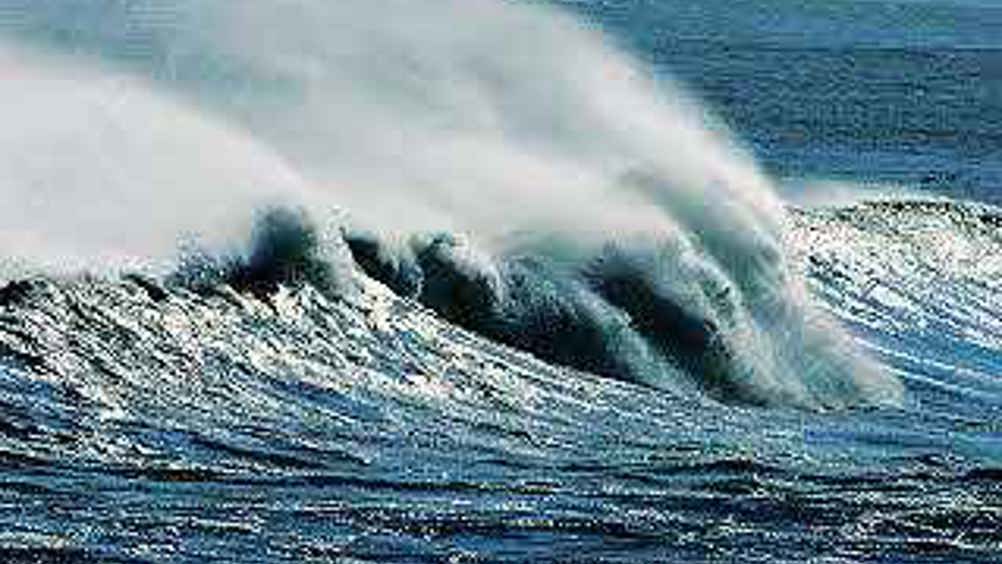East coast electricity

An undersea cable that will enable Scottish renewable energy to be distributed around the UK is viable, according to a new study by The Crown Estate.
The findings, revealed today in the report 'East Coast Transmission Network: Technical Feasibility Study' as the Scottish Parliament holds a debate on energy, confirm the technological and economical feasibility of an offshore east coast transmission line to take electricity from as far north as Shetland to the south east of the UK, with the potential to connect to the rest of Europe.
In response to the growing demand for sustainable sources of clean fuel and to help overcome difficulties in providing land-based transmission lines, The Crown Estate last year began looking into the practicality of a high-capacity offshore electricity line to run down the east coast from Shetland down to Norfolk then coming onshore to continue to London. In February 2007, consultants Econnect were commissioned to examine the technological feasibility and the capital costs of the project.
Register now to continue reading
Thanks for visiting The Engineer. You’ve now reached your monthly limit of news stories. Register for free to unlock unlimited access to all of our news coverage, as well as premium content including opinion, in-depth features and special reports.
Benefits of registering
-
In-depth insights and coverage of key emerging trends
-
Unrestricted access to special reports throughout the year
-
Daily technology news delivered straight to your inbox










Water Sector Talent Exodus Could Cripple The Sector
Well let´s do a little experiment. My last (10.4.25) half-yearly water/waste water bill from Severn Trent was £98.29. How much does not-for-profit Dŵr...